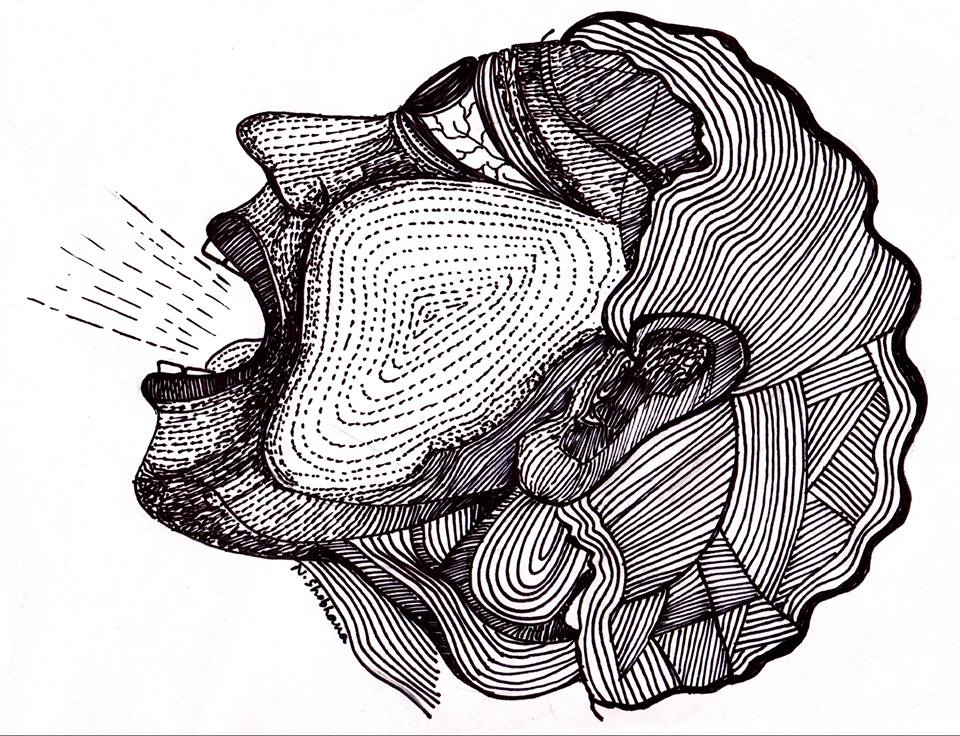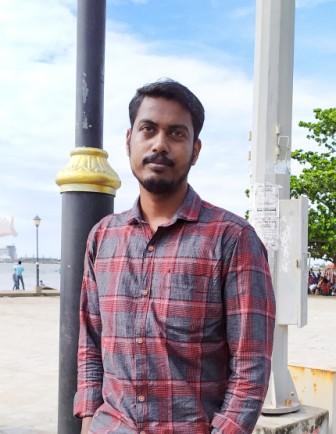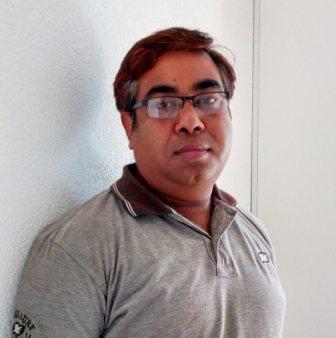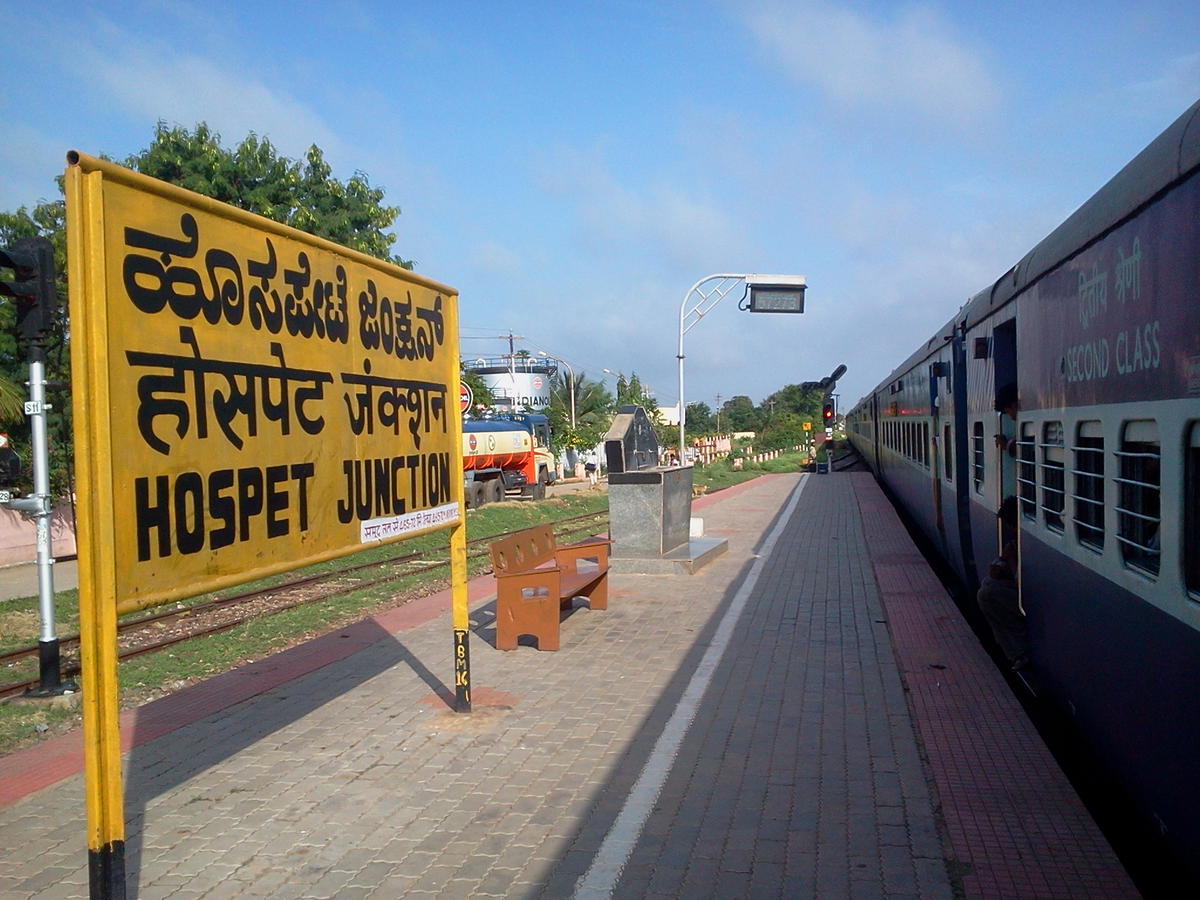K K Baburaj
The same day when Manushya Sangamam (human gathering) was held at Ernakulam (19-20 December, 2015) we organised Amaanava Sangamam (Un-human gathering) at Calicut as a protest against the basic ideology of the ‘concept of human’ articulated by them. The concept of ‘human’ envisaged by the upper caste modernists, aristocrats from the left, mainstream media professionals, celebrities from the silver screen and other fields, under whose patronage the Manushya Sangamam was conducted, we feel, is essentially to be questioned. Certain exclusions and bans practiced by this gathering resemble a pattern followed by the ruling class here.

Fascism has always been a topic of serious discussion in India. I think nobody will disagree from accepting that fascism has now arrived at every walk of our life. But its entry here is different from the manner it entered in Europe. Birth of Fascism in Europe was part of a political process. But its operation here is more of communal in nature because it targets and corners certain religious and caste communities, not by putting a ban on political organisations, incarcerating political leaders or curtailing the freedom of speech of the people as practiced in Europe. Primarily, the exclusion practiced here is against Muslims and then towards Dalits. In the existing political scenario, the attempts of any anti-fascist movement that decides to exclude Muslim organisations and political groups and tries to selectively pick some individuals from the Dalits distancing the community as a whole, are proof of its political ideology as elitist and hollow.
It is noticed that whenever the Sangh Parivar comes to power in India it does not try to destabilise the existing social system in a larger way. But Muslim communities face certain desolations that hit them unpleasantly. They are singled out and excluded. Even if Narendra Modi government falls tomorrow the damages flung on the Muslim community would still continue, and this is what is to be understood as fascism. This is the operational modality of how exclusion or the process of separation, as I pointed out earlier, works here. Hence, every protest or anti-fascist alliances should essentially include the representatives of those sections of people who are directly affected by the misery of fascist oppression.
One thing common among our progressives is that they view religion and castes as deplorable and low. Muslim religion, for them, is a world of an ‘uncivilised bunch’ of people that belongs to the pre-modern era. Hence, it is unthinkable for them to include people from Muslim religion in the campaign against fascism. What strikes us is the fact that the so-called Hindutva forces and the progressives, both, often unite in this process of expulsion.
In India it is the elite upper strata of our society, who anchors the liberal democracy in India and these self-proclaimed secular forces, always enjoy commendable social power, notwithstanding the party in power, whether it is the Sangh Parivar or the Left. They have historically internalised the mind-set of the dominant Hinduism and this sanctions them to be a natural ally with power. This simply means that our rulers who project themselves as secular-minded are not secular at all. They have conveniently structured and popularised their Hindu upper caste supremacy palatable to the masses. For them, who have ruled us for the last 60-70 years, ‘religion’ is a ‘fear complex’. Of course religion in question here is Islam and other religions barring Hinduism, because Hinduism, over centuries, became a cultural entity as well as a symbol of nationality here.
Christianity in Europe chose not to put pressure on the governments openly but kept exerting force from behind. A political situation similar to this exists here too. So, the religious hatred of our secular mindset is primarily anti-Islam, then anti-Christianity, thirdly against Buddhism, followed by Sikh religion, and then towards Dravidian and Naga religions. Interestingly, how Hinduism comes in opposition here is a phenomenon to be seriously pondered upon. This underlines the fact that it is a folly on the part of the progressive thinkers to assume Hinduism and the religions like Islam which are marked as others, as similar. By conflating the religious communalism of the majority as well as minority as one, the progressives are mixing everything to a stale and slimy form. They awkwardly mix religion, cultural nationalism, racism, caste hegemony and governmental positions, and thus blur their view. The Manushya Sangamam recently held at Ernakulam epitomises this blurred view.
Congress and all the established left fronts agree that united movements against fascism are a must. But Hindutva is becoming stronger and is pushing these forces down and these organisations stumble in front of the political strategy of Hindutva. Hindutva has remarkable influence on the leaders and supporters of these organisations. A mild concerted effort is enough to draw the supporters and leaders of the mainstream parties to the Hindutva block. Even if an alliance of these established political parties wins elections that will not be enough to prevent Hindutva from becoming a common perception of the people.
Many consider the Left alternative as another possibility. This concept is founded on the unity of the radical left and liberal Marxists to work in a platform as pure secularists. There is no doubt that united movements against fascism are a must, but countering fascism with a radical movement is only a foolish thought ever. Fascism is one of the conjoint by-products of all the bad influence of Uppercaste/Anti-people establishments which have ruled here for a long period of history. This can only be resisted by the broad unity of Dalit- Bahujan-minority-women movements. Radical movements are incapable of identifying or initiating a dialogue with these movements, and so they should shed radicalism and come forward to collaborate with these diversities.
Whenever a call for a united movement against fascism sweeps the air everyone turns their ears to the existing established parties here. But there is an important question to be pondered here: are there no possibilities or space for a movement to effectively strike fascism other than these secular aristocrats or daydreaming radicals?
‘Dalit’ as a discourse was a movement started by the neo-Buddhists of the post-independent era. Dalits conjured up their position in India by problematizing several social issues like heinous caste oppressions in Maharashtra and other parts of India; racist attacks against Muslims all over the nation; secondary status of women; oppression of agrarian people; the cultural hierarchy of the upper castes which dominates the higher governmental positions, media and popular culture; the advance of the marginalised and the women internationally; the influence of Dr. Ambedkar’s thoughts and several anti-caste movements that took place all over India etc. It was these movements that promulgated the idea of Dalit-minority-backward unity as an idea and programme. This, I believe, is the most effective project to resist fascism in the current political milieu of liberal democracy.
This doesn’t mean that all other possibilities are wrong or obsolete. My point is that anti-fascist campaigners should consider the politico-philosophical imaginations set forth by the Dalit – bahujan – minority movements in India. Movements which fail to acknowledge this will surely not cross the ideology of upper caste aristocracy. It is the Dalit-bahujan-minority unity that crushed the Indira government that declared Emergency and made V.P Singh to come to power. It also pulled down the monopoly of brahministic governments of several states, and welcomed diversities as political forces. Liberals, as we know, have shouted ‘caste is returning’ whenever this unity brought their politics to the fore. The established Marxists always stood by these liberals in the political history of India.
Social democracy, today, has entered into a new era of history called ‘coexistence of diversity’. Diversity includes religions, castes, believers, non-believers etc., and most of us do not understand this. Unilateral political movements are not enough to counter fascism; it demands protests marked with our lives also. It is a battlefield which accounts for the morals and ethics that we follow in our daily-ness of lives. It gathers its power from the truth that all of us are bound to one another by the thread of cordiality that unites our subtle lives. This revelation, this texture of cordiality, can defeat fascism.
The relationship among the upper castes in India is carved through a long period of history, and is hereditary. The domination they have been holding for centuries have empowered them with clear convictions about Indian society. This heredity of relationship helps them foresee any threat that could question their power, however minor it may be and from whichever corner it raises. It is this relationship that helped the upper caste BJP and the Marxists unite during the anti-Mandal riots, but the relationships among the different sects in Dalits and bahujans, as well as the relationship with the minorities, are not hereditary. It remains still a cordial platform yet to be evolved. We all have to put our efforts to realise it.
Is it possible to think of diversity by expelling Islam? Bhakthi movement, which is considered as the greatest social revolution in India, imbibed its strength from Islam, says Gail Omvedt. The Left liberals have labelled the transformation that has happened in the Muslim community post-Babri masjid as strengthening of a process of religious revivalism. It is this stubbornness of conviction, this imposition of intellectual authoritarianism that we are extirpating through Amanava Sangamam.
Amanava Sangamam as an idea and programme has certain peculiarities. Everyone, from classical era to modernity, as we know, has been trying to bring maximum perfection to the word ‘human’. Amanavar, is a word of deconstruction which is deeply in conflict with this perfection. But, definitely it is not a word that negates everything that man and woman created here. We are in conflict with the “All pervading Universals” that have been imposed on us by the power centres, ranging from Brahmanism to imperialism. We are in conflict with those all pervading universals constructed by such dehumanising powers. Many are there who try to portray this word as an act of regression from humanity. Through this they are trying to paint the word ‘Amanavar’ as a symbol of horror. The Aristocrats and liberals also spoke in the same tone to build popular opinion against identity politics. But the fact is that it was those movements which were known as ‘identity movements’ which fought for a world free of ‘horrors’. Identity politics is actually a thought born in the 1960s and 70s and was closely linked to the concept of a state based on new democratic principles. It was these movements which raised the slogans such as ‘down with imperialism’, ‘no more wars’, ‘no to racism’, ‘no to gender domination’ and had crores of people march against establishments. Identity movements were broadly against all the super-imposed-power-universals. Those who distort the word Amanavar now are the paramours of the ones who distorted identity movements earlier as “horrors”.
The word Amanavar which could easily be misunderstood by anyone has a paradox of fascination also. It attracts radicals and individualists instantly. Such fascinations need to be consciously rejected as radicalism is a stance that casts its view from the top and fails to understand the philosophical undercurrents that resonate at the bottom. Neither can it imagine the painful reality of the discarded social communities in history.
Individualism, at the same time, broods over a bottom-up view. It never understands our society, its history or diversity. We coin the word Amanavar from an ideological position that does not represent these two – radicals or individualists. bell hooks, the well-known Afro-American writer indicated, ‘We must evolve to look at each other’. If we dare to ‘look’ and ‘listen’ to each other, the reflection that we see there could be our own imperfections, or ‘un-humanness’. Such ‘mindful look’ could lead to search for new thoughts, democratic movements, various subjectivities and many subaltern feminisms, a new consciousness towards nature and ethics. From that could emerge our visions of history; a society which is more inclusive.
The Manushya Sangamam at Ernakulam got larger media attention. It is its upper caste desire that gave it such acceptability. Its political hollowness clearly marks that event as an act of mockery. But Amaanava Sangamam is visualised outside the upper caste imageries and is quite unceremonial in nature and addresses political situations that express that of being an other. This could create history, I presume.
(An excerpt from the speech delivered at the Amanava Sangamam at Calicut on December 20, 2015; translated from Malayalam by J .M. Jayachandran)
~~~
K K Baburaj is a writer, social critic and Dalit activist based in Kerala.
Illustration by Nidhin Shobhana.










